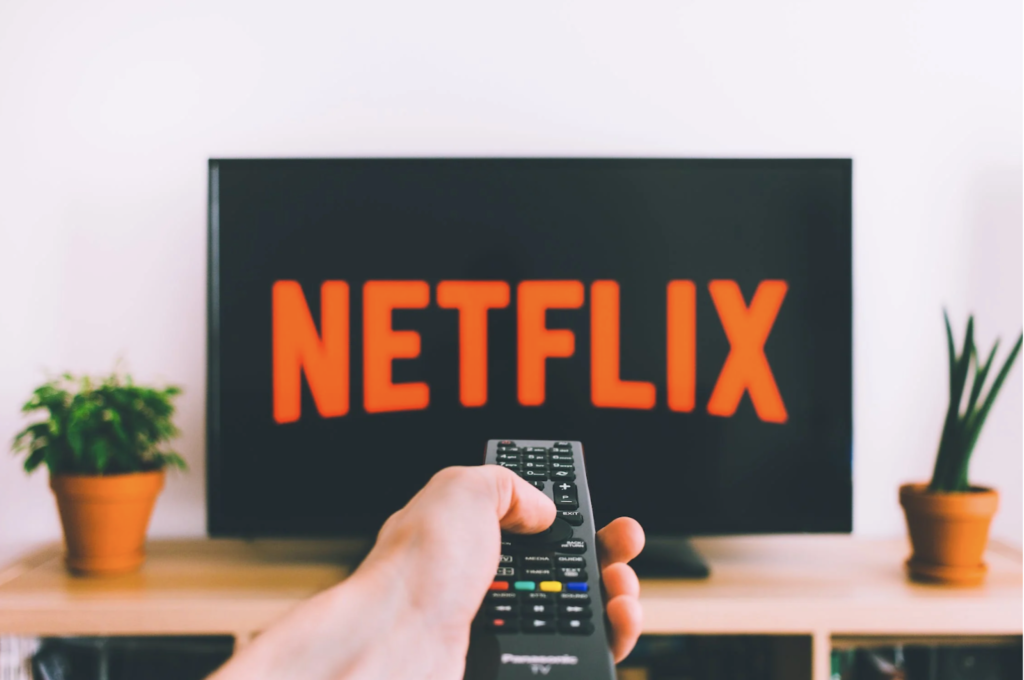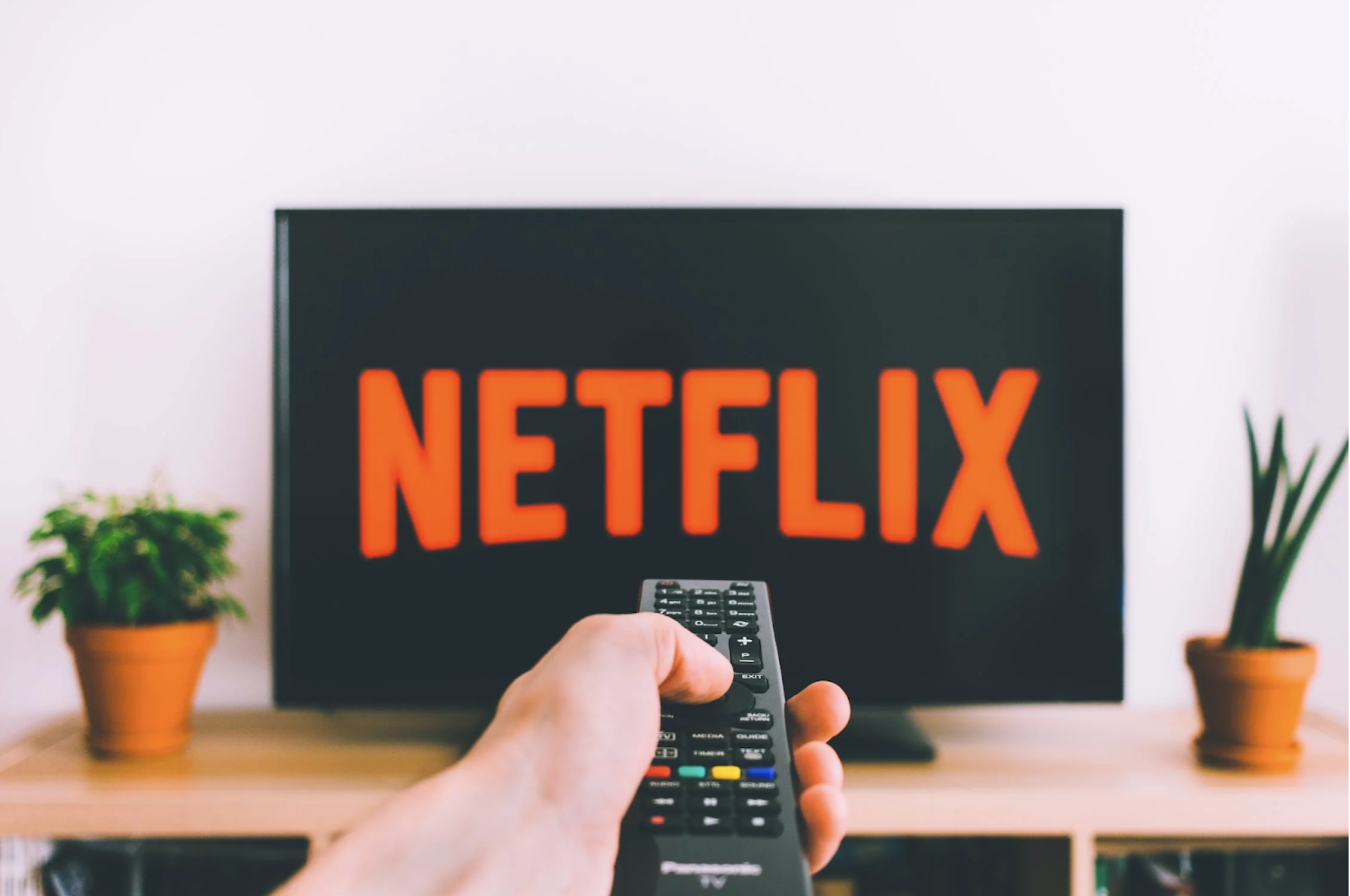
By Lexi Blakes
Mid-January, Netflix announced it would be raising prices on subscriptions in the U.S and Canada. Netflix offers 3 different plans that can accommodate a variety of television viewers, and all plans have become more expensive in recent months. Currently, the standard subscription price rose to $15.50 per month from $14, the 4K plan rose to $20 per month from $18, and the basic plan (without HD) rose to $10 from $9. Needless to say, customers are upset.
Netflix promised to roll out the new subscription prices gradually for customers who were subscribers prior to the announcement, but prices for new subscribers went into effect immediately. As a leading company in the streaming industry, Netflix’s decision in such a competitive market could have countless repercussions, both internally and externally. In recent years, the amount of streaming services available has been continuously increasing. Services are competing with each other for new attention and to maintain loyal customers. Netflix, especially, has been investing heavily in original content to keep viewers watching and talking, which is a main reason why prices increased. In a press statement, Netflix confirmed that they’re “updating prices so they can continue to offer a wide variety of quality entertainment options.” With cable television now almost an expense of the past and many streamers subscribing to multiple services–including Disney+, HBOMax, Hulu, Amazon Prime, Apple TV and countless more–many are interested to see if any other companies will follow in Netflix’s lead. It is likely that other companies will follow suit if they feel they can afford to do it without losing customers. Or, they will opt for the strategy of keeping prices low, hoping that upset Netflix subscribers will flock to other streaming services.
When streaming services first gained popularity, they were attractive because they were cheaper than cable with satellite tv and offered a larger variety of content. Even now, with many people holding multiple subscriptions, the amount charged to credit cards is still below what many were paying in the early 2000s. This is good news for streaming services as customers are in no rush to return to the tv plans of the past anytime soon. Still, however, when faced with a monthly streaming platform bill higher than last month’s, one is forced to reevaluate why they stream at all. I recently spoke with Anthea Walker, Public Policy student and movie lover, about why she continues to stream. “There are multiple reasons why I stream” she says, “there are just so many more options and if you subscribe to multiple services, you can compare different offerings”. Additionally, she enjoys the customization freedom it provides her. “It feels less time consuming to find what you would be interested in watching.” She continues: “as a college student, it is a lot easier to access films and series on whatever device I have whenever I feel like watching”. College students across the country, and even households nationwide, can definitely agree with her sentiment.
With money in the equation, our appreciation of convenience and viewing customization can only take us so far until the cost outweighs the benefits. What does that mean for Netflix: will they continue to raise prices because sales are still high even amid these rising prices or will they stop?
Professor Hojat Ghandi, Senior Economics Lecturer at Vanderbilt University, has an answer to this question. In our interview, he laid out the issues in the same terms he uses when teaching his classes: price, demand, and total revenue. (This interview has been edited and condensed for length and clarity.)
LB: Why is Netflix raising prices?
HG: Well, the question is about elasticity. If the demand is inelastic then a firm will have the incentive to increase the price because the percentage change in the number of customers they will lose is smaller than the percentage change in price. The math shows that they won’t lose customers as a result. They increase prices because by doing so, their total revenue increases.
LB: Will Netflix eventually reach a summit, or the maximum they can charge customers, before subscriptions lower significantly and their total revenue drops?
HG: If they are smart they should not reach that point. [They] may continue to increase [the price of substriptions] but if they are smart they won’t reach the point where it hurts their bottom line. However, firms make mistakes sometimes, so we will have to wait and see.
LB: Do you think they are increasing the subscription prices because they have additional production costs or because they want to raise profit margins?
HG: [Production] cost is separate from the demand. For Netflix specifically, they look at the demand for their product, identify that the demand is inelastic, and then determine that they can raise the price. The cost is a separate issue.
LB: So there are two separate issues at play here: production cost and total revenue. Would it be incorrect to connect them?
HG: Yes. When you talk about total revenue the change in price is what is influencing demand (ceteris paribus). Not the cost of production.
LB: So, when looking at the demand curve, alongside price and quantity demanded, do they take into account their cost of production or is it mainly just to maximize revenue?
HG: Production cost does have an effect on the profit that they make but remember that you cannot raise the price just because your cost has increased. Your cost may increase dramatically but when you increase your price customers may stop buying your product.
For Netflix’s sake, let’s hope they never reach a price that results in customers canceling their subscription. So far, they have been correct in their assessment of their customers. For many subscribers the idea of living without Netflix is a dystopian reality–me included. The question then is: how far will they push until customers say enough is enough? It looks like we will have to wait because that moment has not yet come.
—
Writer’s Note: A huge thank you to Anthea Walker and Professor Hojat Ghandi for offering their perspective and insights to our audience for this article.




